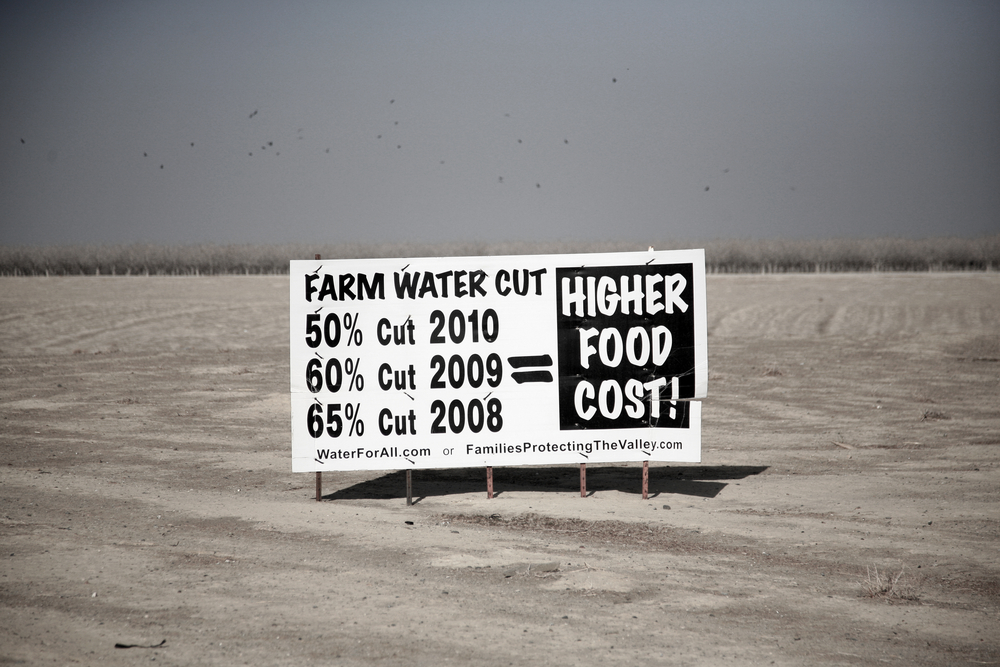As of 2010, the world population was 6.9 billion, and by 2020it’s projected to reach 7.72 billion. That’s a lot of mouths tofeed with fewer farmers to raise crops. What would happen to theglobal food supply system if there was a sudden shock, such as acatastrophic weather event?
|To assess the potential risks to the world’s food supply,Lloyd’s asked food security and sustainable development experts todevelop a scenario describing a plausible, relatively severeproduction shock affecting multiple agricultural commodities andregions, and to describe the domino effect that could result.
|Lloyd’s researchers began with the premise that global demandfor food is rising, driven by unprecedented growth in the world’spopulation and shifts in consumption as countries move fromagrarian to industrial economies. The Food and Agriculture Organization (FAO) of the United Nationsprojects that global agricultural production will need to more thandouble by 2050 to close the gap between food supply and demand.According to CGIAR, a global agricultural research partnership, agricultureis the single largest employer in the world, providing jobs for 40%of the world’s population.
|As the demand increases, the food system is becoming more andmore vulnerable. For example, 2014 was the year of the limeshortage, followed by 2015 as the year of the avocado shortage. Andevery year there are threats of price increases and shortages ofcertain wines because of poor grape harvests.
|The experts found that:
- A combination of three catastrophic weather events — floodingof the Mississippi and Missouri rivers, severe drought in India andan epidemic of soybean rust — could undermine global foodproduction.
- Wheat, maize and soybean prices could increase to four timesthe average levels reached during the 20 years before the globalfood price shock of 2007–2008.
- The events outlined in the scenario have the potential to leadto food riots, which in turn would lead to wider politicalinstability and repercussions for a broad range of businesses fromfood transporters to packagers and processing plants, amongothers.
- The overall economic impact of high food prices, along withpolitical instability, could have a severe impact on financialmarkets. Under the Lloyd’s scenario, the main European stockmarkets could lose up to 10% of their value while the U.S. stockmarkets could lose 5%.
[Related: Business interruption insurance becomes an essential riskmanagement tool]
|
(Photo:Shutterstock/mikeledray)
|Impact on insurers
|According to the report, Food System Shock, a shock to the global food supply couldtrigger significant claims across multiple classes of insurance,including:
- Terrorism and political violence
- Political risk
- Business interruption
- Marine and aviation
- Agriculture
- Environmental liability
- Product liability and recall
The research suggests that the losses could be compounded by thepotential for any food system shock to last for many years (theCalifornia drought, for instance, which is in its fourth year), andthe ability of insurers to pay claims quickly is expected to be animportant factor in post-shock recovery. Additional effects on theinsurance industry include impacts on investment income and theglobal regulatory and business environment.
|As risk managers become more aware of the threat to theirorganizations posed by potential food system interruption, theyshould investigate comprehensive risk transfer options and addressany gaps in their risk management. For insurers, food systemdisruption could present a substantial opportunity to developinnovative risk transfer products that would enhance globalresilience to potential systemic food supply shocks. The reportalso notes that there is a need for models capable of capturing thephysical, economic and social effects of extreme events.
|Lloyd’s explains that it has chosen to share the results of itsstudy with the public because it believes that a debate within theinsurance industry, and beyond, will strengthen the globalcommunity. To obtain a copy of the report, click here.
Want to continue reading?
Become a Free PropertyCasualty360 Digital Reader
Your access to unlimited PropertyCasualty360 content isn’t changing.
Once you are an ALM digital member, you’ll receive:
- All PropertyCasualty360.com news coverage, best practices, and in-depth analysis.
- Educational webcasts, resources from industry leaders, and informative newsletters.
- Other award-winning websites including BenefitsPRO.com and ThinkAdvisor.com.
Already have an account? Sign In
© 2024 ALM Global, LLC, All Rights Reserved. Request academic re-use from www.copyright.com. All other uses, submit a request to [email protected]. For more information visit Asset & Logo Licensing.








